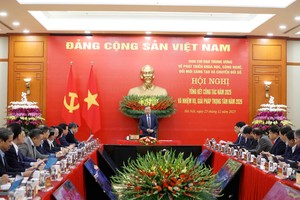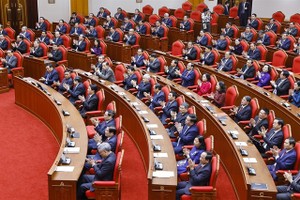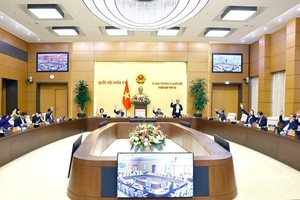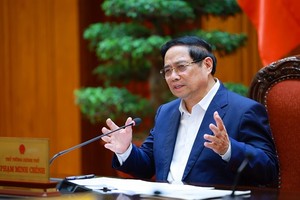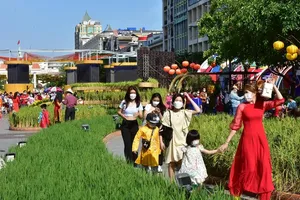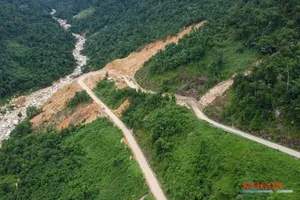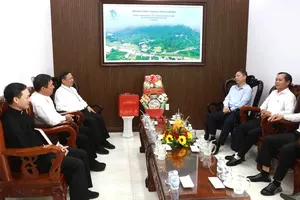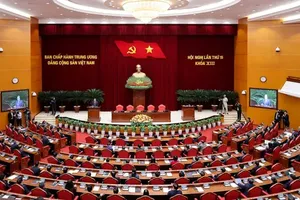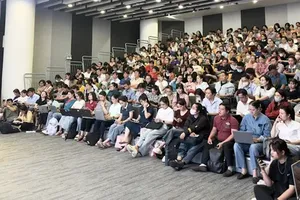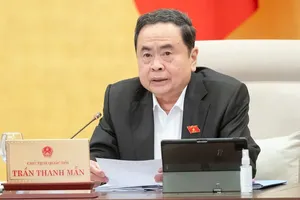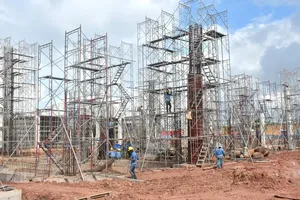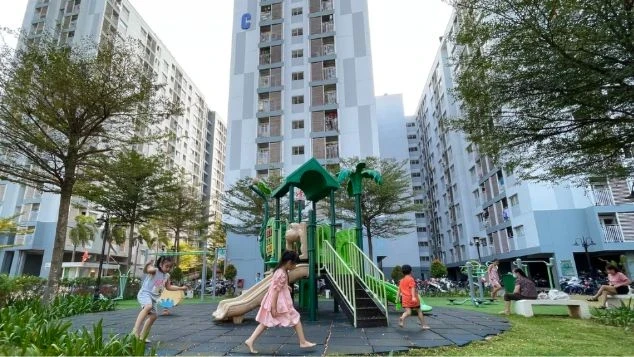
In one afternoon, Nguyen Thi Xuan was leisurely taking her granddaughter home 100m away from the kindergarten. Her daughter and son-in-law are both workers in Bao Minh Industrial Park (Nam Dinh Province). They are living in a comfortable 50-square-meter leased apartment with a monthly rent of VND1.2 million (US$47.3), fully equipped with an air conditioner. This is quite a secure place for a harmonious family. Thanks to the affordable rent and school fee as well as short travel distance to their workplace, the couple, who earn a monthly salary of VND15 million ($592), can save at least VND3 million ($118) per month.
However, not many households can enjoy this stable life like Xuan. After 30 years of development, Vietnam now owns 416 industrial parks in 61 out of 63 provinces and municipalities, plus 44 economic zones at bordering localities, not to mention 1,000 industrial clusters with a surface area of more than 31,000ha.
According to the planning of different provinces and municipalities, by 2030, Vietnam will have had 558 industrial parks and 1,500 industrial clusters over an area of 205,800ha and 50,000ha respectively. Despite the trend of automation, it is estimated that the total quantity of laborers in these locations will reach 4.5 million, nearly half of whom are in need of housing.
The Vietnam General Confederation of Labor reported that the number of workers outside these industrial parks and clusters needing accommodation is even higher. A survey by the trade union reveals that more than 60 percent of laborers living in rented rooms are facing amenities lack and unsafe living environment.
In a meeting to address problems for the development of social housing, Prime Minister Pham Minh Chinh called upon the cooperation of all local authorities and businesses to secure accommodation for workers.
Vice Chairman Chu Duc Tam of the Vietnam Industrial Park Finance Association (VIPFA) shared that the construction project for Sai Dong A Industrial Park on an area of 400ha allocates one-fourth for green space and residential, commercial buildings to serve laborers in this industrial park, which was highly appreciated by the Government.
Nevertheless, not many localities can afford this land use allocation despite their high social housing demands. Others have not even had any social housing projects launched since 2021.
“There should have been an industrial park ecosystem with clear land distribution for factories – offices – residential areas for workers – commercial areas – public parks and playgrounds. Yet due to inadequacies in applicable mechanisms, policies, regulations, and administrative procedures, many plans cannot be carried out”, said Vice Chairman Tam.
He then voiced a necessity of housing for rent and installment buying with different preferential conditions from current programs. Businesses should be allowed to provide houses for rent to their own employees.
In addition, the development of social housing funds is an important solution, paved by the Housing Law 2023. To effectively adopt that law, it is essential to urgently introduce instructional decrees for the Real Estate Business Law 2023, Land Law 2024, and Credit Institutions Law 2024 along with amendments and supplements for tax regulations. Loan interest rates should be down, while loan procedures for the VND120 trillion loan package ($4.73 billion) should be simplified as well.
